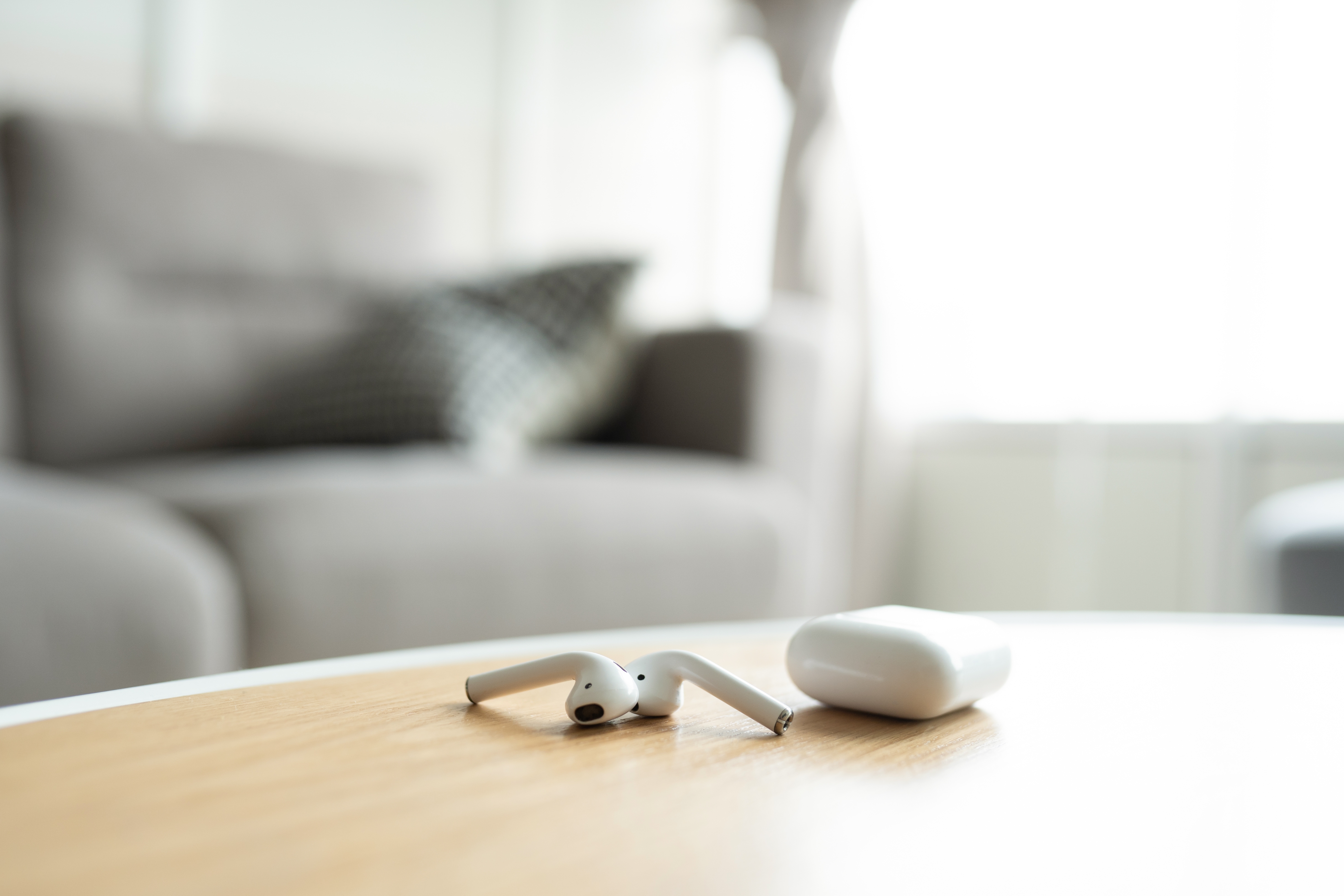
The wireless headphones They have become an essential accessory for many. Whether listening to music while exercising, participating in a work video call, or simply isolating yourself from outside noise, these small devices offer us a freedom that wired headphones cannot match. However, just like with your phone, There are certain practices when charging them that, without realizing it, could be shortening their useful life..
And, although it may seem like an act as simple as connecting them to the power, The way you charge the battery of your wireless headphones has a direct impact on their performance and long-term durability. Many times, due to ignorance or simple carelessness, we make mistakes that degrade the battery prematurely, forcing us to replace them sooner than expected. But don’t worry, you have time to correct those bad habits.
Below, we present three mistakes you should not make when charging your wireless headphones so that you can enjoy them for much longer.
1. Not using the correct charger and cable
One of the most common and harmful mistakes is using a charger with the wrong voltage. In a world where we accumulate chargers for different devices, it is tempting to grab the first one we find at hand. However, each device is designed to receive a specific amount of energyand using a higher voltage charger can overheat and damage the delicate internal components of your headphones and their charging case. Ultimately, this results in a significant reduction in the battery’s ability to hold a charge.
Equally important is the cable you use. Manufacturers often include a charging cable designed specifically for their headphones, and it’s not on a whim. Using a third-party cable, especially a low-quality one, can not only affect the charging speed, but can also damage the battery or the device itself. Therefore, the recommendation is clear: always use the original charger and cable that came with your hearing aids to ensure safe and efficient charging. If for any reason you lose or damage them, be sure to replace them with ones from the same brand or a certified alternative that meets the manufacturer’s specifications.
2. Neglecting to clean the charging contacts
With daily use, it’s inevitable that our hearing aids collect dust, pocket lint, sweat, and even ear wax. This dirt may seem harmless, but when it builds up on the metal charging contacts on both the earbuds and the case, it can become a real headache. Dirt acts as a barrier that prevents electrical current from flowing properly, resulting in poor or no charging. This is, in fact, one of the most common reasons why one of the headphones stops charging while the other works without problems.
To avoid this inconvenience, it is essential to get into the habit of cleaning the charging contacts regularly. You don’t need complicated tools; A soft, dry cloth or cotton swab is enough to remove most of the dirt.. In cases of more stubborn dirt or corrosion, you can lightly moisten the swab with isopropyl alcohol. Performing this simple maintenance action from time to time will ensure that your hearing aids always make good contact with the case and receive the charge they need to function optimally.
3. Bad charging habits
Just like in many other facets of life, extremes are bad when it comes to charging your headphones. Leaving the headphones connected to the power permanently, once both they and the case have reached 100% of their capacity, generates unnecessary wear on the battery. Although many modern devices incorporate overload protection systems, Unplugging the charger once charging is complete remains best practice to preserve long-term battery health.
On the other hand, allowing your hearing aids’ battery to drain completely before recharging them is also harmful. Constant deep discharges stress the battery and can reduce its lifespan considerably. The ideal is to maintain the charge level, as far as possible, between 20% and 80%.
A good strategy, if you find yourself low on battery, is use only one earbud while the other recharges in the case, then alternate between them. This way, you not only extend the usage time, but you also prevent the battery from reaching critically low levels. Also get used to storing your hearing aids in their case when you are not using them; This way they will be protected and always ready for your next listening session.
Keep reading:
• Apple reinvents premium headphones with AirPods Pro 3
• Bluetooth is a thing of the past: this is how the hearing aids of the future will work
• What are the 3 best noise canceling headphones in relation to quality and price?
